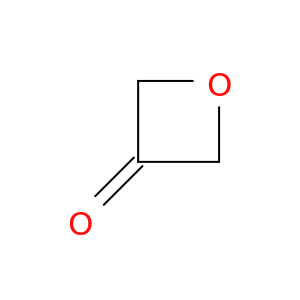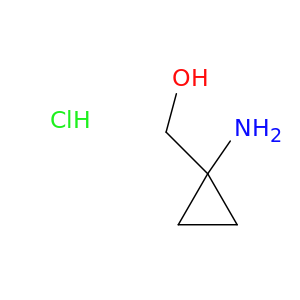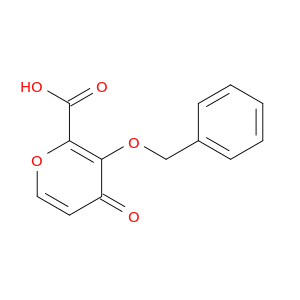200,000+ products from a single source!
sales@angenechem.com
Home > Indoles and Oxindole > 482-89-3

482-89-3 | 3H-Indol-3-one, 2-(1,3-dihydro-3-oxo-2H-indol-2-ylidene)-1,2-dihydro-
CAS No: 482-89-3 Catalog No: AG00I8RR MDL No:MFCD00005722
Product Description
Catalog Number:
AG00I8RR
Chemical Name:
3H-Indol-3-one, 2-(1,3-dihydro-3-oxo-2H-indol-2-ylidene)-1,2-dihydro-
CAS Number:
482-89-3
MDL Number:
MFCD00005722
IUPAC Name:
2-(3-hydroxy-1H-indol-2-yl)indol-3-one
InChI:
InChI=1S/C16H10N2O2/c19-15-9-5-1-3-7-11(9)17-13(15)14-16(20)10-6-2-4-8-12(10)18-14/h1-8,17,19H
InChI Key:
QQILFGKZUJYXGS-UHFFFAOYSA-N
EC Number:
207-586-9
UNII:
1G5BK41P4F
NSC Number:
8645
Properties
Complexity:
448
Compound Is Canonicalized:
Yes
Covalently-Bonded Unit Count:
1
Defined Atom Stereocenter Count:
0
Defined Bond Stereocenter Count:
0
Exact Mass:
262.074g/mol
Formal Charge:
0
Heavy Atom Count:
20
Hydrogen Bond Acceptor Count:
3
Hydrogen Bond Donor Count:
2
Isotope Atom Count:
0
Molecular Weight:
262.268g/mol
Monoisotopic Mass:
262.074g/mol
Rotatable Bond Count:
1
Topological Polar Surface Area:
65.4A^2
Undefined Atom Stereocenter Count:
0
Undefined Bond Stereocenter Count:
0
XLogP3:
2.7
Literature
| Title | Journal |
|---|---|
| A novel combinatorial biocatalytic approach for producing antibacterial compounds effective against Mycobacterium tuberculosis (TB). | Applied microbiology and biotechnology 20130801 |
| Cytochrome P450 1A, 1B, and 1C mRNA induction patterns in three-spined stickleback exposed to a transient and a persistent inducer. | Comparative biochemistry and physiology. Toxicology & pharmacology : CBP 20110601 |
| Pharmacologic profiling of human and rat cytochrome P450 1A1 and 1A2 induction and competition. | Archives of toxicology 20081201 |
| Growth suppression of Leydig TM3 cells mediated by aryl hydrocarbon receptor. | Biochemical and biophysical research communications 20050617 |
| Aryl hydrocarbon receptor response to indigoids in vitro and in vivo. | Archives of biochemistry and biophysics 20040315 |
| Indirubin and indigo are potent aryl hydrocarbon receptor ligands present in human urine. | The Journal of biological chemistry 20010824 |
| Expression of naphthalene oxidation genes in Escherichia coli results in the biosynthesis of indigo. | Science (New York, N.Y.) 19831014 |
Related Products
Featured Products
© 2019 Angene International Limited. All rights Reserved.







